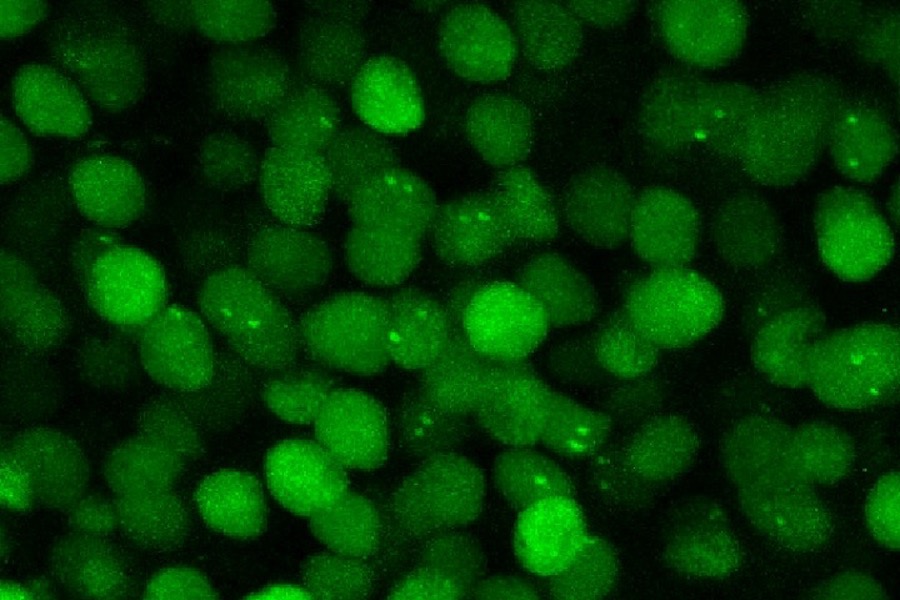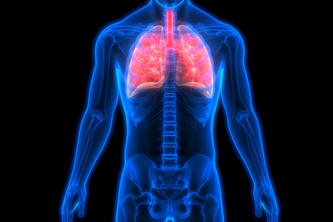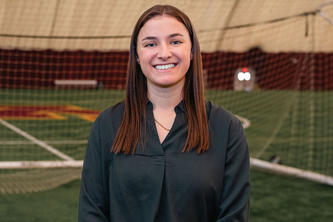New imaging technique allows researchers to see gene expression in brains of live mice in real time

A University of Minnesota Twin Cities-led team has developed a new technique that allows scientists and engineers to visualize mRNA molecules in the brains of living mice, specifically a type of RNA that is produced during the process of forming and storing memories. The research reveals new insights into how memories are formed and stored in the brain and could provide scientists with new information about diseases such as Alzheimer’s.
The paper is published in the Proceedings of the National Academy of Sciences of the United States of America (PNAS), a peer-reviewed, multidisciplinary, high-impact scientific journal.
A three-dimensional view of the hippocampus CA1 region in a live mouse brain gives researchers a window into RNA synthesis in the brain of a mouse as it generates and stores memories. Credit: Hye Yoon Park, University of Minnesota Twin Cities.
“We still know very little about memories in the brain,” explained Hye Yoon Park, an associate professor in the U of M Department of Electrical and Computer Engineering and the study’s lead author. “It’s well known that mRNA synthesis is important for memory, but it was never possible to image this in a live brain. Our work is an important contribution to this field. We now have this new technology that neurobiologists can use for various different experiments and memory tests in the future.”
By genetically modifying a mouse so that it produced mRNA labeled with green fluorescent proteins, the researchers were able to see when and where the mouse’s brain generated Arc mRNA, the specific type of molecule they were looking for.
Because the mouse is alive, the researchers could study it for longer periods of time. Using this new process, the researchers performed two experiments on the mouse in which they were able to see in real time over a month what the neurons were doing as the mouse was forming and storing memories.
Historically, neuroscientists have theorized that certain groups of neurons in the brain fire when a memory is formed and that those same cells fire again when that moment or event is remembered. However, in both experiments, the researchers found that different groups of neurons fired each day they triggered the memory in the mouse.
“Our research is about memory generation and retrieval,” Park said. “If we can understand how this happens, it will be very helpful for us in understanding Alzheimer’s disease and other memory-related diseases. Maybe people with Alzheimer’s disease still store the memories somewhere—they just can’t retrieve them. So in the very long-term, perhaps this research can help us overcome these diseases.”
This research was funded by the Samsung Science and Technology Foundation and the Wellcome Trust.
About the College of Science and Engineering
The University of Minnesota College of Science and Engineering brings together the University’s programs in engineering, physical sciences, mathematics and computer science into one college. The college is ranked among the top academic programs in the country and includes 12 academic departments offering a wide range of degree programs at the baccalaureate, master's, and doctoral levels. Learn more at cse.umn.edu.
- Categories:
- Science and Technology





